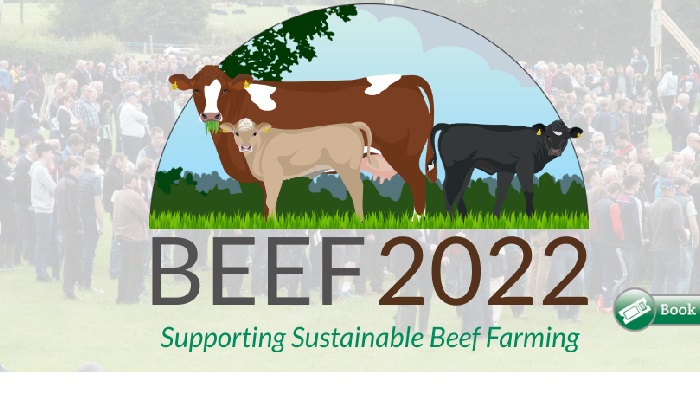10 July 2022
Gaseous nitrogen losses in agricultural sources and mitigation

Agricultural emissions to air are divided into two main categories – greenhouse gases and air pollutants. Greenhouse gases have a negative impact on climate change and agriculture contributes 36% of our national emissions. Agriculture will need to reduce emissions by 22% and 30% by 2030.
Agricultural emissions to air are divided into two main categories – greenhouse gases and air pollutants. Greenhouse gases have a negative impact on climate change and agriculture contributes 36% of our national emissions. The gases are:
- methane (CH4)
- nitrous oxide (N2O)
- carbon dioxide (CO2).
In agriculture, the first two are the most important. Methane represents around two-thirds of all emissions and nitrous oxide the remaining third.
Emission sources
When it comes to emission sources, nearly 60% come from animals. Soils that were fertilised by manures or synthetic fertilizer or animals grazing pasture account for 30%. The remaining 10% comes mainly from management of animal manures like housing during indoor feeding periods and slurry storage.
The Climate Action and Low Carbon Amendment Act 2021 seeks to reduce Irish greenhouse gas (GHG) emissions by 51% by 2030 with agriculture set a reduction target of between 22% and 30%. Achieving these targets pose significant challenges for agriculture across the island of Ireland, especially in the context of sustained economic and GHG emissions growth since 2011.
Air pollutants
The other type of emissions are air pollutants like ammonia. Ammonia is a gaseous form of N which can significantly reduce the N available for grass growth when lost from N fertilizer and slurry. Ammonia negatively impacts on human and animal health, while also damaging ecosystems. Ireland has committed to reducing ammonia emissions, however, we have been exceeding our EU targets in recent years. In Ireland, agriculture is responsible for 99% of all ammonia emissions so any national reduction will have to come from agriculture, primarily from how we manage our N fertilizer and slurry. Ammonia comes mainly from management of animal manures (housing, slurry storage and land spreading) but also from grazing animals, and finally from spreading of synthetic fertilizer.
Summary
Nitrogen lost into the atmosphere causes environmental pollution and represents loss of valuable on-farm nutrients.
Ways to reduce these losses are:
- Spread slurry using low emission spreading methods.
- Switch to low-emission fertilizers such as protected urea.
- Correct soil fertility and include clover in grassland swards.
- Increase nitrogen-use efficiency and reduce fertilization accordingly.
- Breed for more efficient animals.
- Reduce the crude protein content of the animal diet to avoid excess nitrogen loss
Read more about mitigating gaseous nitrogen losses in agricultural sources
